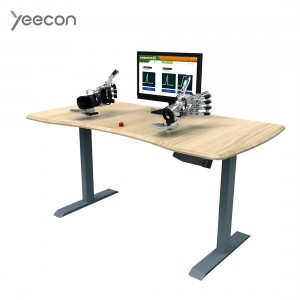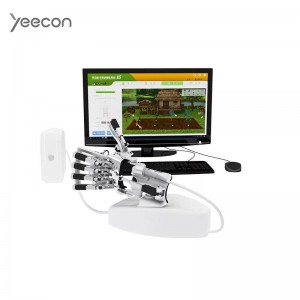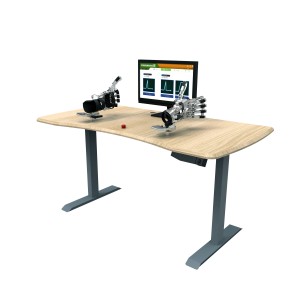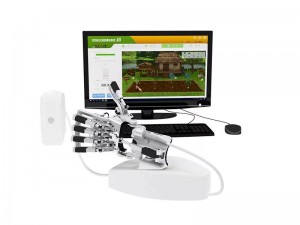Occupational Therapy Hand Rehab Equipment
Introduction:
| Product name | Hand Rehabilitation Robotics A5 |
| MOQ | 1PCS |



A5 is a rehabilitation equipment which detecting and evaluating the whole process of hand rehabilitation training objectively via applying robotics technology. Through using A5, the scientificity and pertinence of paralysis rehabilitation can be improved. Besides, it can customize better rehabilitation training plans for patients simultaneously. A5 is mainly used for hand stretching function failure or error triggered by cerebrovascular diseases and serious cerebral traumas and postoperative rehabilitation functional training of occasions mentioned previously. Additionally, A5 could be used in the hand rehabilitation training of early stage and acute patients due to its precise control of ROM of patient’s fingers, palm and wrist joints.
Features:
1.Surface Myoelectricity Drive:

Electromyogram acquisition poles which sticking to patient’s extensor
muscle and musculus flexor to receive commands from patient’s brain.
When the brain send active motion commands which make the changes
of electromyogram of patient’s hand.Then, electromyogram acquisition
poles detecting and processing the command to drive the robot hand to
motion.
2.Thumb Electromyography Signal Evaluation & Drive:

The unique thumb electromyography signals evaluation function generates more accurate and comprehensive evaluation results thasimilar product in the market.Thumb electromyography itself can be the power source to drrobotic hand. Therapists can choose single-finger or all-finger mode which has a certain degree of pertinence.Thumb Electromyography Signal Evaluation & Drive technoabsent in most of domestic hand rehabilitation device and A5 fill in this field.
3.Wrist Training:


Therapeutic Effect of Hand Rehabilitation Robotics A5
1. Promote the rehabilitation of hand function and prevent muscle atrophy;
2. Improve the muscle strength and endurance of the patients’ hands through progressive training;
3. Improve the coordination of each joint of the finger;
4. Through feedback training, brain could establish a compensation area for brain function control. Patients can restore their hand movement function.
Indications:
1. Rehabilitation of joint function after hand and wrist injury;
2. Rehabilitation of joint stiffness and joint function after hand surgery;
3. Training of hand and wrist ADL (activity of daily living) after central nervous system injury.
Contraindications: bone cancer, distortion of articular surface, spastic paralysis, unstable fractures, uncontrolled infections, etc.
Features
Feature 1: Wrist training
The passive training hand rehabilitation robotics can control the wrist’s range of motion to train the wrist separately. It is also possible to fix the wrist at an angular position, training fingers only or exercise the wrist and finger simultaneously.
Feature 2: Different hand compound training
According to patients’ condition, the joint training of different combinations of fingers and wrist can be selected in a targeted manner. We have integrated a variety of training methods to A5 to treat patients with different situations.


-
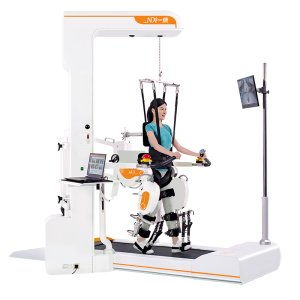
A3-2 Gait Training and Evaluation Robot
-

A3-2 Gait Training and Assessment Robotics
-
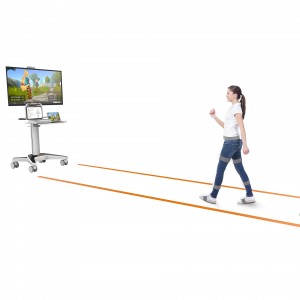
A7-2 Gait Analysis System
-
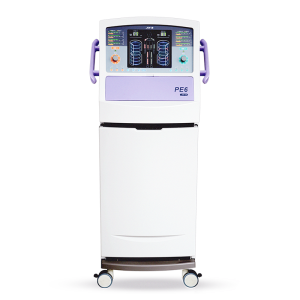
PE6 Frequency Conversion Electric Therapy Device
-
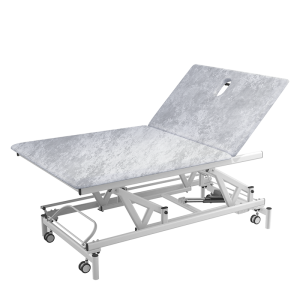
YK-8000A Bobath Table Supported by LINAK Motor
-
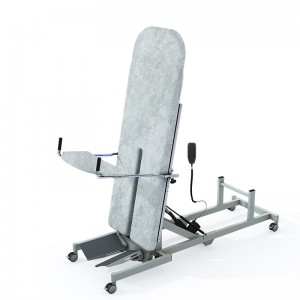
YK-8000E1 Automatic Tilt Table
-

A6-2 Arm Rehabilitation and Assessment Robotics
-

A2 Arm Rehabilitation Robotics
-

YK-8000C2 9 Section Portable Chiropractic Table
-
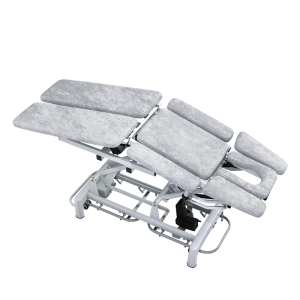
YK-8000C1 8 Sections Chiropractic Table








